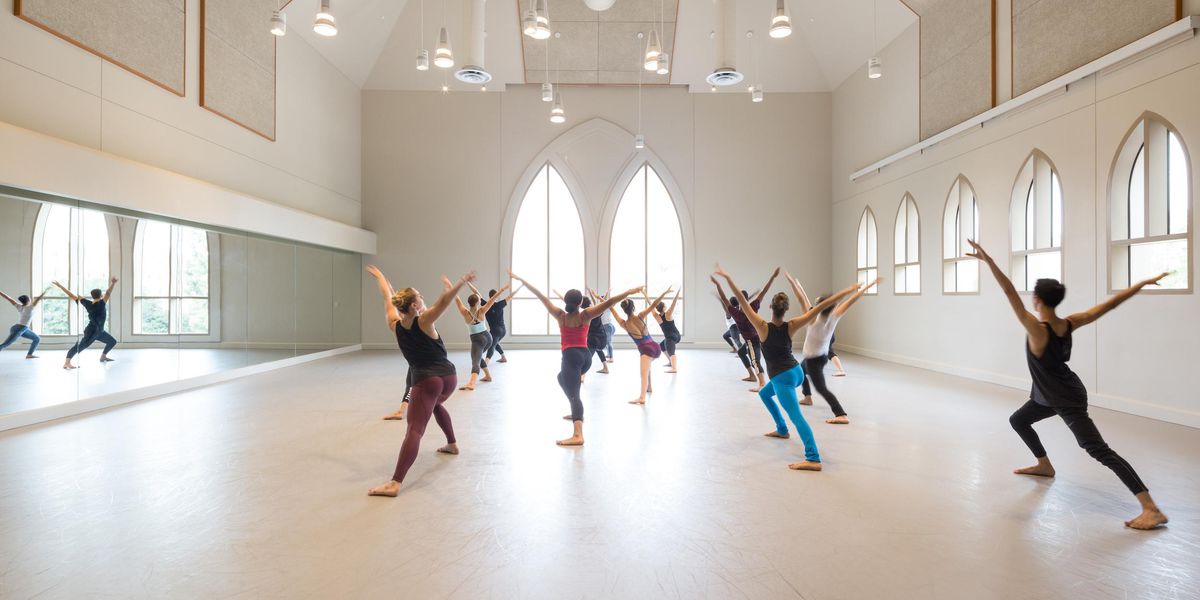The Australian Ballet
David H. Koch Theater, NYC
June 12–17, 2012
Performances reviewed:
June 13 & 16 (matinee)
The Australian Ballet’s artistic director David McAllister showed his company’s stylistic breadth and technical acuity in two programs, the first New York had seen from this Melbourne-based troupe in more than 10 years. It’s nearly impossible to represent a major company in four ballets (for this modest sampling alone, the troupe brought 120 performers). We did get a sense of the balance of old and new, but questions remain about McAllister’s artistic choices.
The repertory bill, “Infinity,” began with Luminous, a selection of pas de deux from full-length ballets. These “gems” were linked by film segments which included performances and narration about the company’s 50-year history, as well as still shots of the lead dancers. We saw crisp performances from La Favorita with Lana Jones’ quadruple turns, a velvety Rachel Rawlins as Giselle, Don Quixote with astonishing jumps by Chungwu Guo, plus Stephen Baynes’ sleek Molto Vivace pas. The contemporary entry, Divergence by Stanton Welch, was somewhat overshadowed by the sombrero-shaped tutus and the mens’ plunging unitards. The compilation ultimately cohered thanks to the film.
Wayne McGregor created Dyad 1929 (2009) for a dozen dancers, in the spirit of Diaghilev’s Ballets Russes. Strong collaborative elements include Steve Reich’s churning score, a dotted grid floor and backdrop design by McGregor and Lucy Carter (who also designed the atmospheric lighting schemes), and witty geometric costumes by Moritz Junge. McGregor pushes ballet’s conventions, extruding sinewy lines or exaggerating an arched back. The dancers confronted us with stares and pelvises thrust forward, stabbing the floor with their toes. By the end, just one of the women wore pointe shoes, the rest in soft slippers, marking a welcome modern idea—liberation from the near-mandatory toe shoes, which, while providing coveted lines, narrow the range of steps women can do.
Dancers of the Australian Ballet and Bangarra Dance Theatre in Stephen Page’s
Warumuk—in the dark night. Photo by Greg Barrett, Courtesy Australian Ballet.
In a show of national unity, the program included Stephen Page’s Warumuk—in the dark night, a collaboration with Bangarra Dance Theatre, the New South Wales–based indigenous dance troupe that Page directs. Page (whose brother David wrote the filmic music) weaves Indigenous traditions throughout the multi-section work. Not surprisingly, his grounded, weighty movement looked less organic on the ballet dancers than on his own company, although he tailored the movement in light of this. Tapping Indigenous cultures has its merits, but the earnest approach, slick costumes, new age music, and mystical voiceovers often evoked an evening at Cirque de Soleil.
It is a formidable job to reinvent one of the great ballet classics, as Graeme Murphy did with Swan Lake (2002). The key characters here (Odile, Siegfried, Baroness von Rothbart) allude to the Diana/Charles/Camilla triangle.
The first and third acts are essentially tabloid-worthy renderings of an ill-fated royal wedding between Odile and Siegfried. At the reception, Siegfried reconnects with his old flame, the Baroness; Odile reacts by flirting with all the men and getting locked up in a psych ward in a blame-the-victim twist. As Odile, Amber Scott impressed with pure, clean lines and a confident serenity. Adam Bull (Siegfried) was given little movement characterization other than ambivalence, but his long limbs extended every shape.
Adam Bull and Amber Scott in Graeme Murphy’s
Swan Lake
Photo by Jim McFarlane, Courtesy Australian Ballet
Murphy keeps the eye busy with striking stage pictures and group dances set at an outdoor lakeside park, where people wear shades of white, and later in a dark ballroom, where black is de rigeur. Some of the company’s excellent dancers played demi roles, keeping the level of performance high throughout. In a jarring scene at the sanitorium, a fraught Odile fidgets numbly in a lonely bay window amid a tiled room; she is forced by her captor nuns to take a bath to calm down. Kristian Fredrikson designed the bold sets and costumes.
The second and final acts imagine Odile as a swan, and Murphy pulls in snippets of Petipa’s vocabulary and structure, which are otherwise disregarded (he rearranges the musical sections—the New York City Ballet Orchestra was conducted by the Australian Ballet’s music director, Nicolette Fraillon—at times in blatant opposition to their traditional use). The lake, an effective visual surprise that at first looks more like a painting than reality, is an inclined platform where the corps of swans lies dormant until Odile awakens them. In the finale, after the swans have changed from white to black tutus (elegant, fitted bodices and knee-length, tulle skirts), Odile claims eternal fidelity and sinks into the lake, pulling down with her the entire black, draped surface. It is natural to reflexively resist such modernizations of the canon, but Murphy gives us plenty to see and feel, performed by accomplished dancers.
Pictured at top:
Adam Bull and Amber Scott in Graeme Murphy’s
Swan Lake
Photo by Jim McFarlane, Courtesy Australian Ballet




